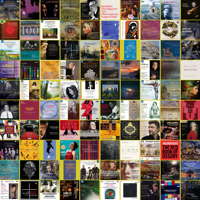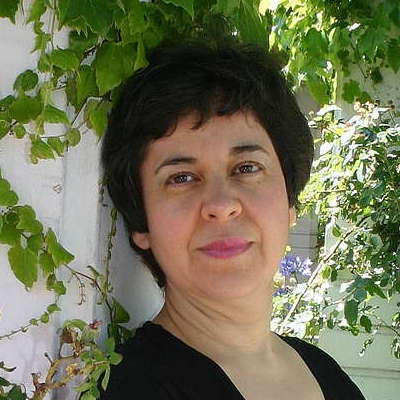 SPONSORED: A Seasoned Champion of New Music. Argentinian-American pianist Mirian Conti in conversation with Andrew Schartmann.
SPONSORED: A Seasoned Champion of New Music. Argentinian-American pianist Mirian Conti in conversation with Andrew Schartmann.
All sponsored features >>
Beethoven String Quartets
GIUSEPPE PENNISI attends two concerts
marking this year's Beethoven anniversary
In order to celebrate two hundred and fifty years from the birth of Ludwig van Beethoven, several concert societies are proposing his string quartets. This is a choice of great acumen because Beethoven's most futuristic and, therefore, most modern music is probably in the last five string quartets (and in the Grosse Fuge) composed in the years when the author was very ill and had complicated family problems.
A few years ago, as part of the Festival Contretemps, the Academy of France in Rome presented a cycle with four of Beethoven's last five string quartets plus the Grosse Fuge, as well as Arnold Schoenberg's four quartets and Pierre Boulez's Livre pour Quatuor, divided into four episodes. In 1937 in Los Angeles, Schoenberg had already proposed the juxtaposition between his own quartets and Beethoven's last quartets. In the nineteenth century, perhaps only Wagner understood the greatness and modernity of Beethoven's string quartets. In the twentieth century, so did Béla Bartók, whose quartets show a free invention of forms and expressive interiority. Beethoven's quartets composed between 1822 and 1827 - the last five years of his life - became, then, almost a model not only for the quartets by Schoenberg and Alban Berg, but also for those by Paul Hindemith and, later, by Boulez himself. In Italy, Goffredo Petrassi fully understood and appreciated their innovative charge; he resumed, for example, the timbre suspension making it a feature of his own chamber music.
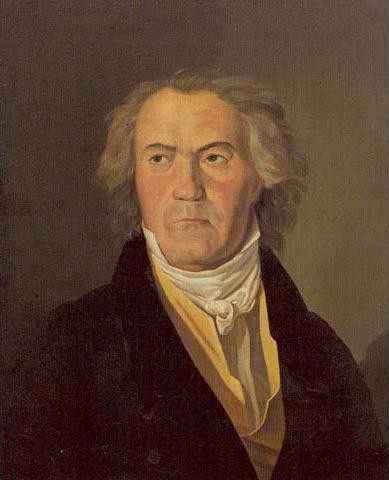
An oil-on-canvas portrait of Ludwig van Beethoven in 1823
by Austrian painter Ferdinand Georg Waldmüller (1793-1865)
In Rome, the Accademia Filarmonica Romana is presenting all of Beethoven's string quartets in 2020 at the centrally located Teatro Argentina and a smaller society operating in the Teatro di Documenti (that caters for an audience of about sixty) is offering a few of Beethoven's string quartets juxtaposed with twentieth century music. I attended a concert at the Teatro Argentina on 6 February and a concert at the Teatro di Documenti on 8 February 2020.
In the former, the Berlin-based Belcea Quartet juxtaposed two quartets. The first, Quartet No 7 in C, Op 59, belongs to the series commissioned to Beethoven in 1822-23 by a top Russian aristocrat, Count Andrei Kyrillovic Razumovsky, for many years Saint Petersburg's ambassador to the Habsburg Court. In 1822-23, an exchange of letters formalized a rather flexible commission for 'one, two or three quartets'. The second, Quartet No 12 in B flat major, Op 127, belongs to the last, and most advanced, creative effort of Beethoven. It was a commission of a very rich Russian prince, Nikolaus Boris Galitzin, who was an amateur musician and was aware of the quartets which were composed a decade earlier for Razumovsky. Beethoven was taken by a composition fever and by the desire to explore new paths never trodden (either by him or by others). He composed five string quartets and extracted, from one of them, the Grosse Fuge, presented in the 5 December concert series by the Accademia Filarmonica Romana and performed by the Pavel Haas Quartet.
In fact, Quartet No 12 in B flat major is the first of the last cycle of five quartets. It is bright and full of references to Mozart and to Haydn too. The innovative charge is in the second movement, the adagio ma non troppo e molto cantabile, characterized by five variations. The Belcea Quartet highlighted the brightness and detachment of formal rigidities in the second movement.
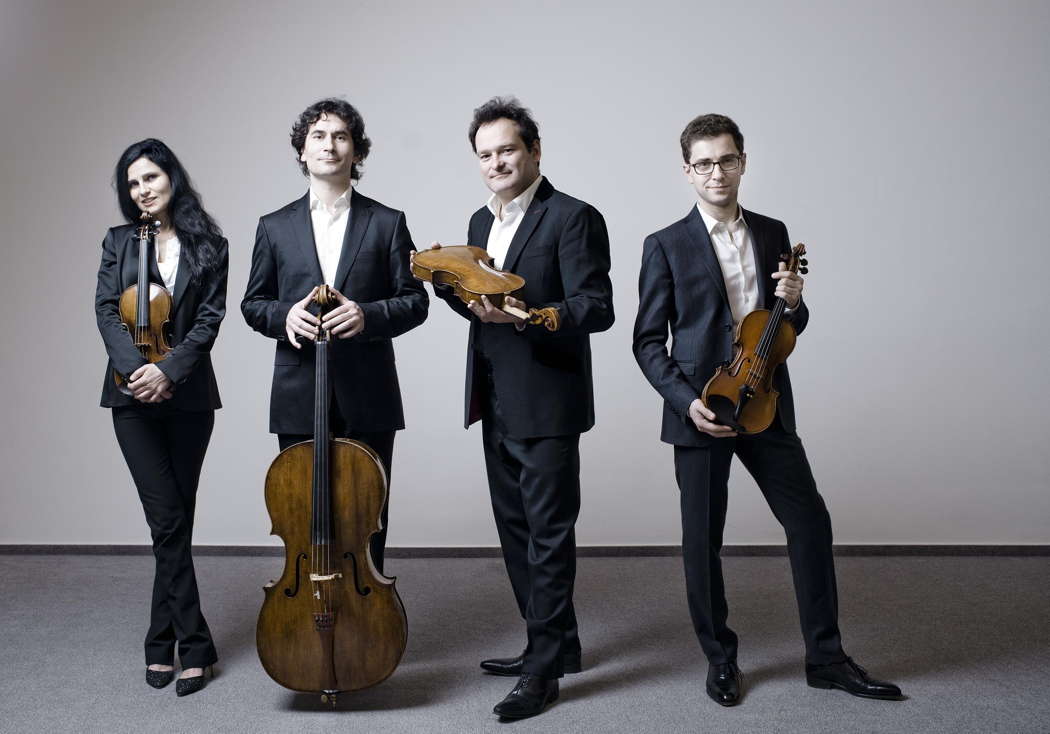
The Belcea Quartet. From left to right: Corina Belcea, violin, Antoine Lederin, cello, Krzysztof Chorzelski, viola and Axel Schacher, violin. Photo © 2016 Marco Borggreve
Quartet No 7 in F major, dedicated to Count Razumovsky, is the first of those commissioned by the Russian aristocrat. It belongs to Beethoven's second compositional period. The Belcea Quartet underlined the novelty from the initial Allegro with the first theme exhibited by the cello on the vigorous accompaniment of the other instruments. Beethoven no longer felt bound to the eighteenth century schemes and the same melody walks with a loose pace as if to meet the future with confidence. The second theme does not have a dialectical character, but seems to evaporate upwards in the trills of the two violins, preceded by harmonies similar to a fanfare of horns. There is also a rigorous contrapuntal episode, which, referring to elements of the first theme, prepares the entry. The culmination of the quartet is the adagio moto e mesto. The Belcea Quartet shows that this piece is a real demonstration of invention.
The Quartetto Prometeo was the protagonist of the 8 February concert. It is a well-established mostly Italian ensemble which has gained several international awards and was elected as resident quartet of the Britten Pears Academy in Aldeburgh in 1998. The concert included modern and contemporary music in the first part: Salvatore Sciarrino's transcription for string quartet of Domenico Scarlatti's Esercizio della stravaganza for harpsichord and Giorgio Federico Ghedini's String quartet No 3. Beethoven's String Quartet No 14 in C sharp minor made up the second part.
The Quartetto Prometeo rendered quite well the elegance of Sciarrino's Etudes based on Domenico Scarlatti's work, a very interesting exercise of translating eighteenth century music into contemporary language.
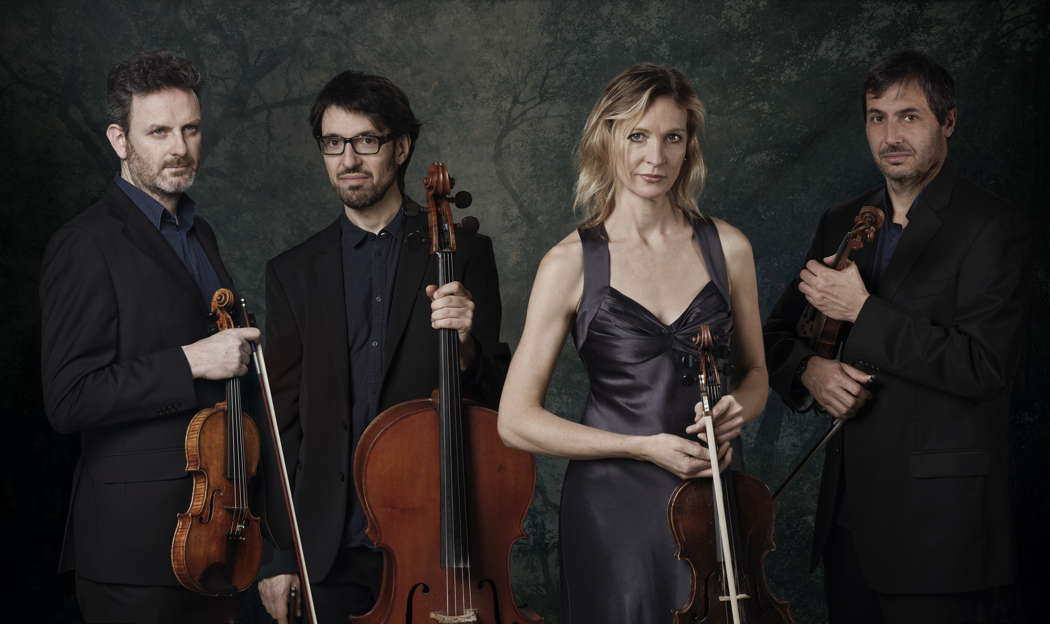
Quartetto Prometeo in 2018. From left to right: Aldo Campagnari, violin 2, Danusha Waskiewicz, viola, Francesco Dillon, cello and Giulio Rovighi, violin 1
Ghedini composed the String quartet No 3 in 1939 as a piece of experimental music. It features only one movement. It is short - twelve minutes - but it requires a masterly performance like several music pieces of that period. The Quartetto Prometeo handled it very well.
These two pieces were a good start to appreciate Beethoven's last and most complex string quartet. The String Quartet No 14 in C sharp minor was completed in 1826, just a few months before the composer died. It was Beethoven's favourite of the late quartets: he is quoted as remarking to a friend that he would find 'a new manner of writing'. Upon listening to a performance of this quartet, Franz Schubert remarked: 'After this, what is left for us to write?' Robert Schumann said that this quartet had a '... grandeur [...] which no words can express. They seem to me to stand ... on the extreme boundary of all that has hitherto been attained by human art and imagination.' It is a grandiose quartet indeed, in seven movements, to be performed without any pause between the movements. Quartetto Prometeo provided a challenging and fascinating reading.
There was warm applause after each of the two concerts.
Copyright © 13 February 2020
Giuseppe Pennisi,
Rome, Italy

FURTHER INFORMATION: LUDWIG VAN BEETHOVEN
FURTHER INFORMATION: SALVATORE SCIARRINO
FURTHER INFORMATION: DOMENICO SCARLATTI
FURTHER INFORMATION: GIORGIO FEDERICO GHEDINI


